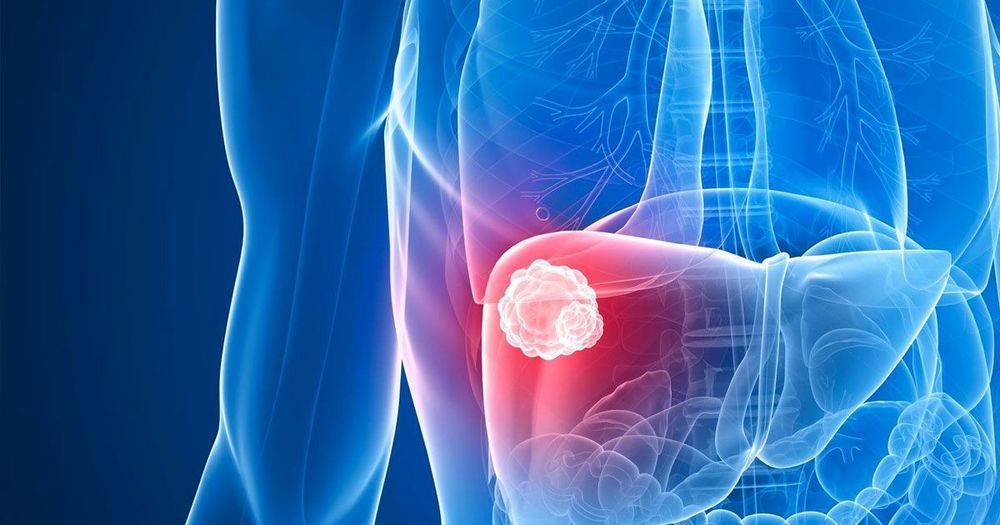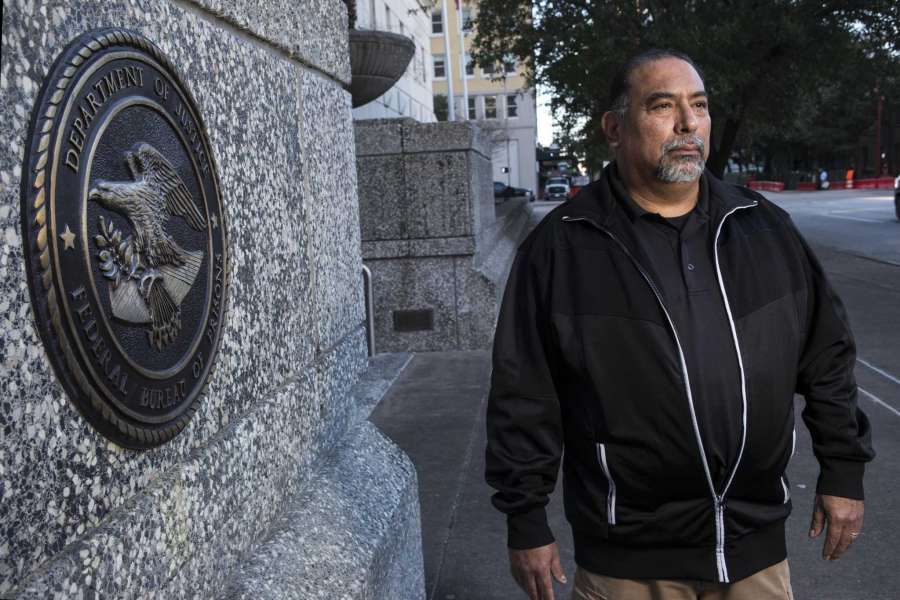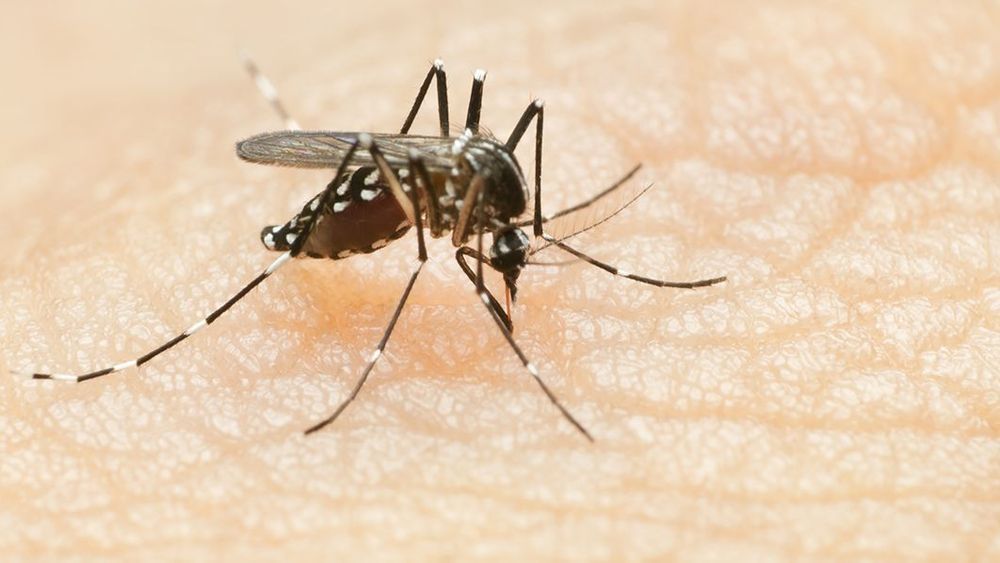And it could have a relatively short path to market.



These dated interfaces are not equipped to handle today’s exponential rise in data, which has been ushered in by the rapid dematerialization of many physical products into computers and software.
Breakthroughs in perceptual and cognitive computing, especially machine learning algorithms, are enabling technology to process vast volumes of data, and in doing so, they are dramatically amplifying our brain’s abilities. Yet even with these powerful technologies that at times make us feel superhuman, the interfaces are still crippled with poor ergonomics.
Many interfaces are still designed around the concept that human interaction with technology is secondary, not instantaneous. This means that any time someone uses technology, they are inevitably multitasking, because they must simultaneously perform a task and operate the technology.



Mosquitoes are some of the deadliest creatures on Earth. Now, scientists have taken a major step toward developing a “mosquito birth control” drug that can help prevent diseases responsible for several million human deaths annually around the world.
Researchers at the University of Arizona (UA) discovered a protein in mosquitoes that is critical to the insects’ process of producing viable eggs. When researchers selectively blocked the activity of the protein in female mosquitoes, the mosquitoes laid eggs with defective egg shells, leading to the death of the embryos inside.
In a report published in the open access journal PLoS Biology on Tuesday, the researchers said the protein — which they named Eggshell Organizing Factor 1, or EOF-1 — exists only in mosquitoes, so any drug developed to control mosquito populations would not affect other organisms, such as beneficial honey bees.



Astronomers have been watching a very hungry black hole devour the gases of a nearby star for almost a year.
A specialized instrument aboard the International Space Station in March detected an enormous explosion of X-ray light nearly 10,000 light years from Earth.
The source: a black hole called MAXI J1820+070, caught in an outburst, spewing surges of X-ray energy as it devours inhales celestial dust and gas.

One mysterious number determines how physics, chemistry and biology work. But controversial experimental hints suggest it’s not one number at all.
By Michael Brooks
IT IS a well-kept secret, but we know the answer to life, the universe and everything. It’s not 42 – it’s 1/137.
This immutable number determines how stars burn, how chemistry happens and even whether atoms exist at all. Physicist Richard Feynman, who knew a thing or two about it, called it “one of the greatest damn mysteries of physics: a magic number that comes to us with no understanding”.

Using steam to propel a spacecraft from asteroid to asteroid is now possible, thanks to a collaboration between a private space company and the University of Central Florida.
UCF planetary research scientist Phil Metzger worked with Honeybee Robotics of Pasadena, California, which developed the World Is Not Enough spacecraft prototype that extracts water from asteroids or other planetary bodies to generate steam and propel itself to its next mining target.
UCF provided the simulated asteroid material and Metzger did the computer modeling and simulation necessary before Honeybee created the prototype and tried out the idea in its facility Dec. 31. The team also partnered with Embry-Riddle Aeronautical University in Daytona Beach, Florida, to develop initial prototypes of steam-based rocket thrusters.